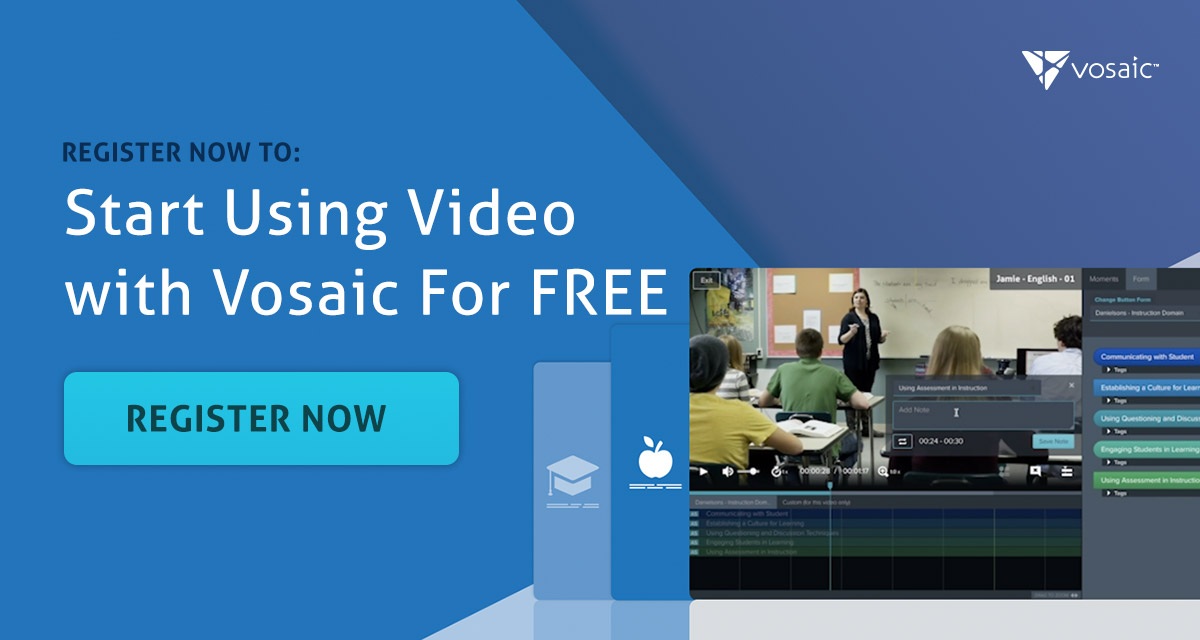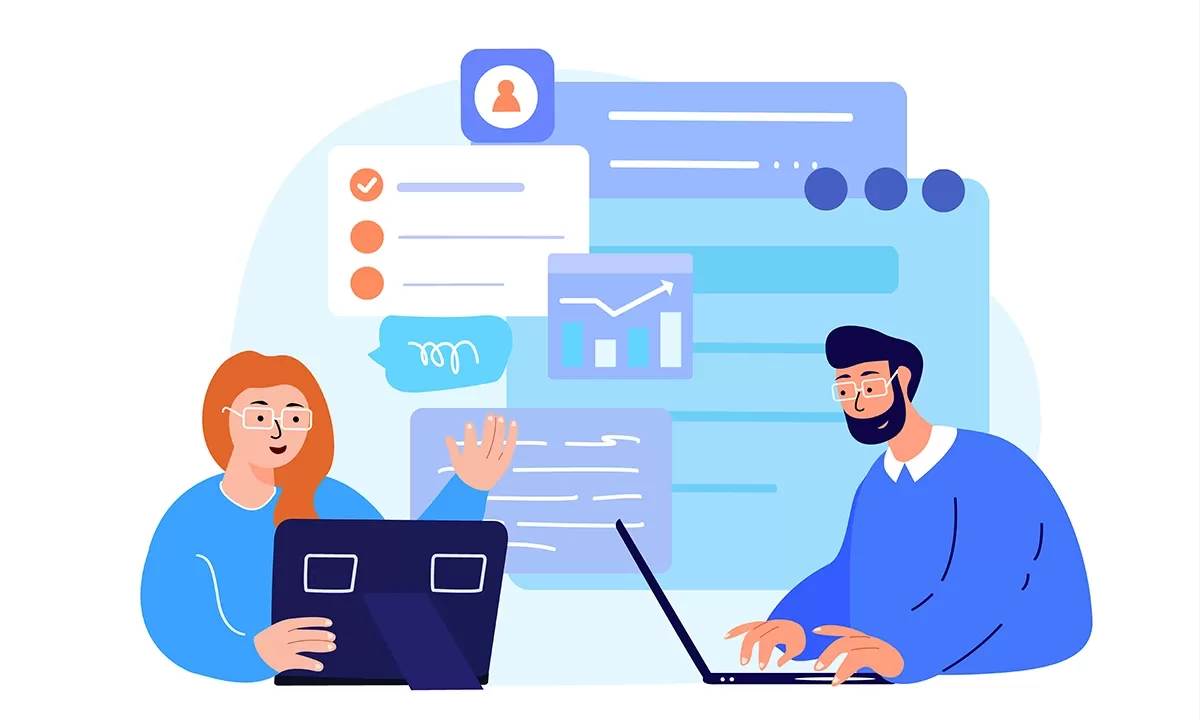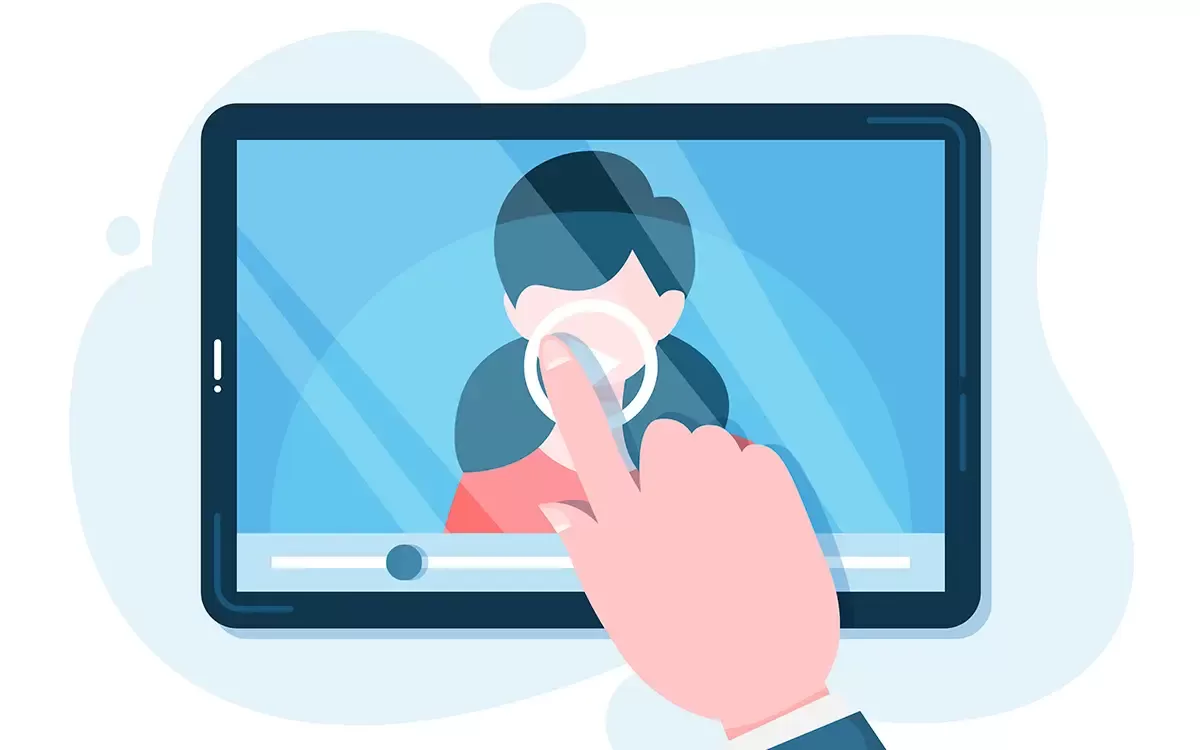Since the dawn of time, humankind, on both an individual and collective level, has been striving for improvement. In fact, growth is the impetus of the human experience. We wake each day with an objective of progression, growth, and advancement.
Even if you’re feeling less-than-motivated and are inclined to disagree with me, I’m willing to bet you take many actions each day to, at the very least, avoid sliding back down the hill of self-betterment (think, brushing your teeth).
It’s in our nature to desire growth. Hence, it should be no surprise that teachers crave quality professional development, even if that craving is occasionally subconscious. The role of a teacher is complex and demanding, requiring the integration of many different skills and competencies. On a daily basis (or even a minute-by-minute basis), teachers must communicate with and engage students, watch the clock, focus on teacher vs. student talk time, plan and organize lessons, manage behavior, and put effective teaching strategies into practice. Teachers are expert multitaskers - it’s the job.
Despite this, many teachers are faced with limited opportunities for professional development (PD) to help them wade through the complexity of their occupation. Alternatively, many schools have over-corrected, leaving teachers with too many competing PD initiatives to manage. In the context of their constant battle with ever-mounting to-do lists, even uttering the words “professional development” can start the flow of cortisol (stress hormone) in the brain. Now, try tacking on the words “video observation,” and let me know how it goes.
It’s a catch twenty-two. What are well-meaning administrators to do when PD is necessary for teachers’ job satisfaction but is also a source of their stress? What are teachers to do when so many of the new programs for improvement landing on their desks cost them time and mental well-being without delivering the benefits promised?
Stop Judging, Start Coaching
The truth is, quality professional development opportunities, with buy-in and consistency, add to teachers’ well-being, not their to-do lists. Teacher retention improves markedly when teachers are invested in using PD. However, teachers don’t need more development initiatives added to their plates. In fact, they probably need most of their current, short-term initiatives scrapped, and one, centralized, methodology toward improvement put in place for the long haul. But must that methodology be a formal observation?
Observations, let’s face it, are scary. Even downright ominous. They imply a cold approach, full of written rubrics where your practice is either right or wrong without room for a grey area or even clarifying questions. “Coaching,” on the other hand, is akin to an ongoing conversation, one in which the coach and teacher are partners with the same goal. While observations are one-sided, imposed, and stiff, coaching sessions are collaborative, connecting, and motivating. Language is important, and what we say changes how we think, so let’s say “coaching” instead of “observation” and then work towards creating an environment that justifies the use of the term.
Stay on Top of Important Discoveries
We read case studies and academic journals so you don’t have to. Sign up and we’ll send you the key takeaways.
Video and Teacher Coaching
The best way to achieve a true coaching relationship, built on a foundation of collaboration, connection, and motivation, is by using video. Think about it - how many times have you gone to YouTube to learn something? Watching the things we want to learn is powerful. What about video makes it so effective?
Unequaled Method for Flexing Self-Reflection Muscles
When teachers watch their own videos, they can assess the effectiveness of their instruction and identify areas for improvement. If teachers have all the information, informed decision-making about how to improve overall performance becomes possible. Motivation to improve also materializes parallel with the data collection that video facilitates. Video exposes both what is going well in practice and what areas of growth exist, so teachers can focus on the most important things first.
Powerful Tool for Collaboration and Feedback
When we use video to explore our practice with a coach (whether teacher-peer, administrator, or outsourced instructional coach) we’re automatically on the same page, visually exploring opportunities for improvement together. Goodbye to the “your word about what happened against mine” mentality. No one has to be on the defense. After all, which is more reliable: our memories, or video?
If video is introduced, teacher-coach conversations start from the same place. Teacher-coach teams can work toward the same goal, promoting a culture of collaboration and mutual support while allowing professionals to share best practices and learn from one another.
If you don't have a Vosaic account for teacher coaching and observation, you can start with a free trial today.
Demonstrate the Impact of Teaching Strategies
By recording videos, teachers can literally see the direct impact that different teaching approaches have on student engagement and learning. What’s more, using a video analysis platform can make patterns in teaching behavior and subsequent student outcomes easy to see.
Data collection with video helps teachers to objectively examine their practice and find a focus area to revise over time. Specifically, the visual presentation of data is correlated with improved teacher performance. Video allows isolation of the moment of decision-making that occurs before action, giving teachers the ability to fully grasp how they can course-correct in the future. From there, it’s a matter of deciding which strategies are most effective and continuing the process of recording, analysis, and revision into the future.
Support Ongoing Learning and Professional Development
Teachers can revisit their videos as often as they like, especially if they’re organized in an efficient way. This allows them to continually reflect on their teaching practices and learn from their experiences over time. It’s difficult to keep different plans for improvement top-of-mind, but easily-accessible reminders make maintaining a focus on professional development and continuous improvement more likely.
Teachers can use their recorded videos to demonstrate their mastery of teaching practices and assess their progress over time. Check-ins to monitor progress are still a key motivator and progress-creator in any profession.
Putting It All Together
Start small. If teacher coaching with video seems overwhelming to you, there’s still hope. As an administrator, you don’t have to (and actually shouldn’t) mandate video recording for all your teachers. Instead, offer it as a voluntary opportunity. Start with teachers who are willing to be coached with video. The benefit of the method will be demonstrated with the help of just a few volunteers, and buzz will travel through your school.
Give it time! As teachers shuffle schools and even leave the profession in record numbers, they will gravitate towards schools that have a healthy culture of collaboration and growth in addition to a well-established professional development strategy.
About Vosaic
Vosaic’s cloud-based video platform is used to help teachers, pre-service teachers, and professionals bridge the gap between theory and practice. Easy-to-use video recording, commenting, and sharing enables users to more effectively observe, coach, and mentor. Teachers and coaches can upload, record, and share videos for evaluations, feedback, self-reflection, and so much more.




